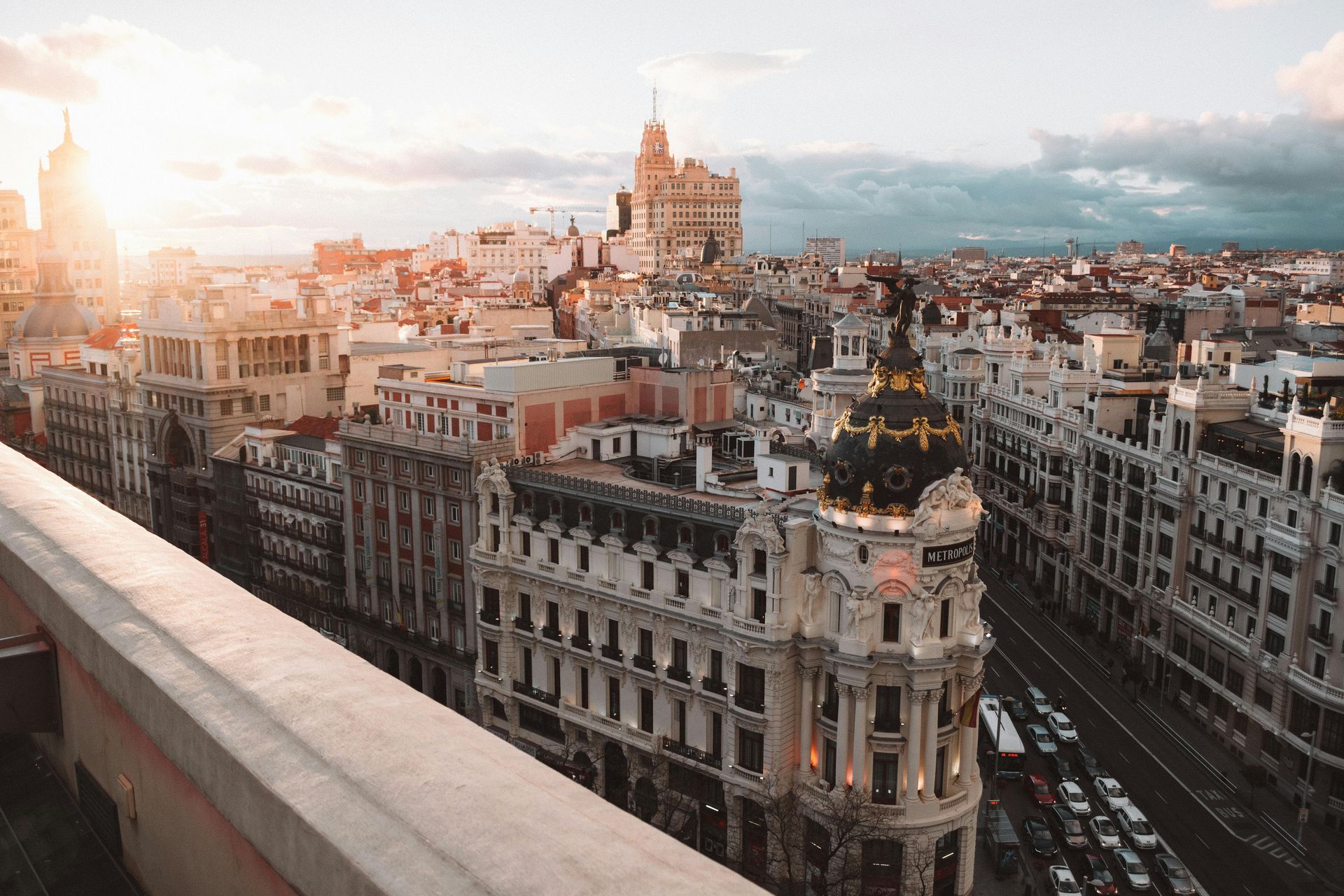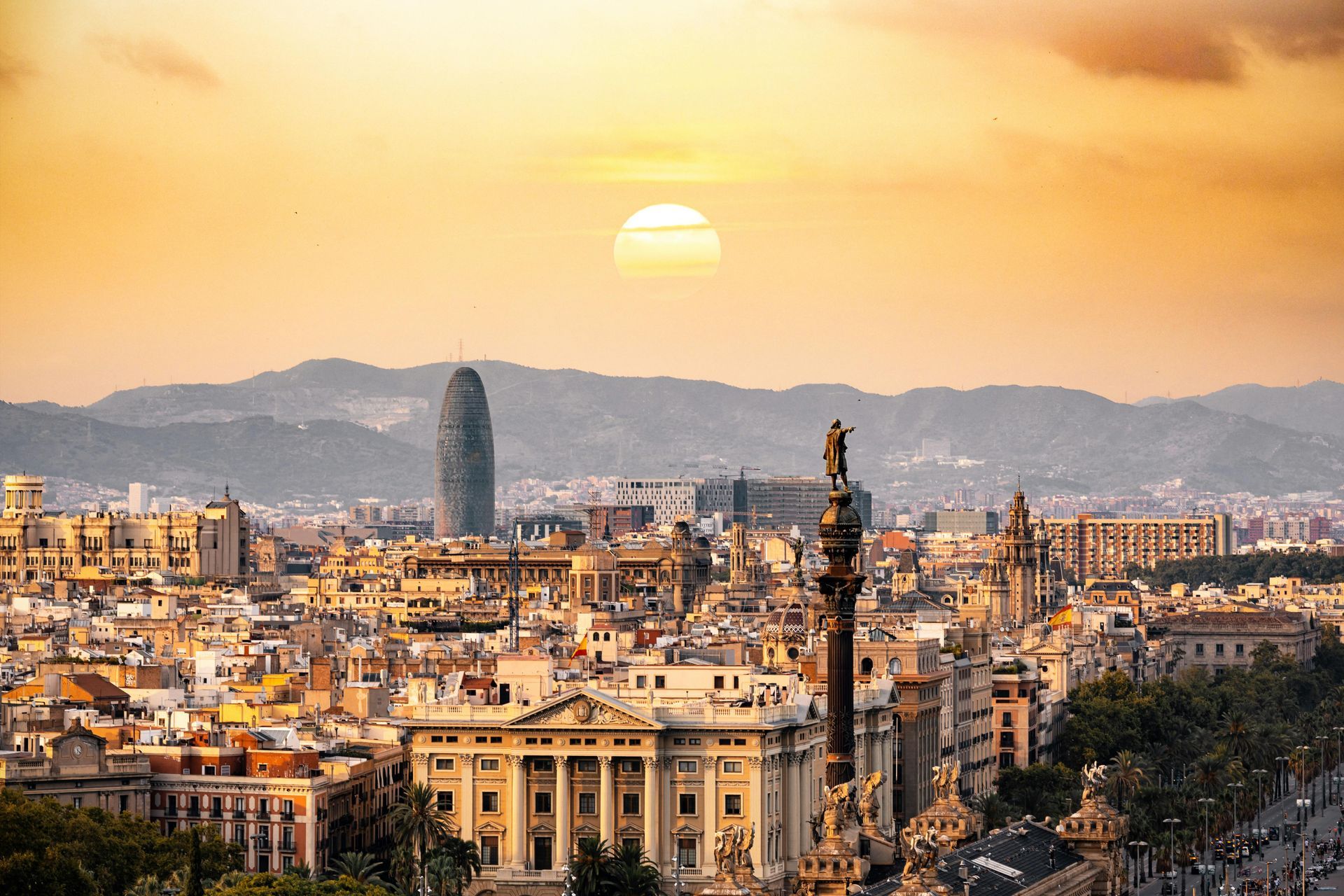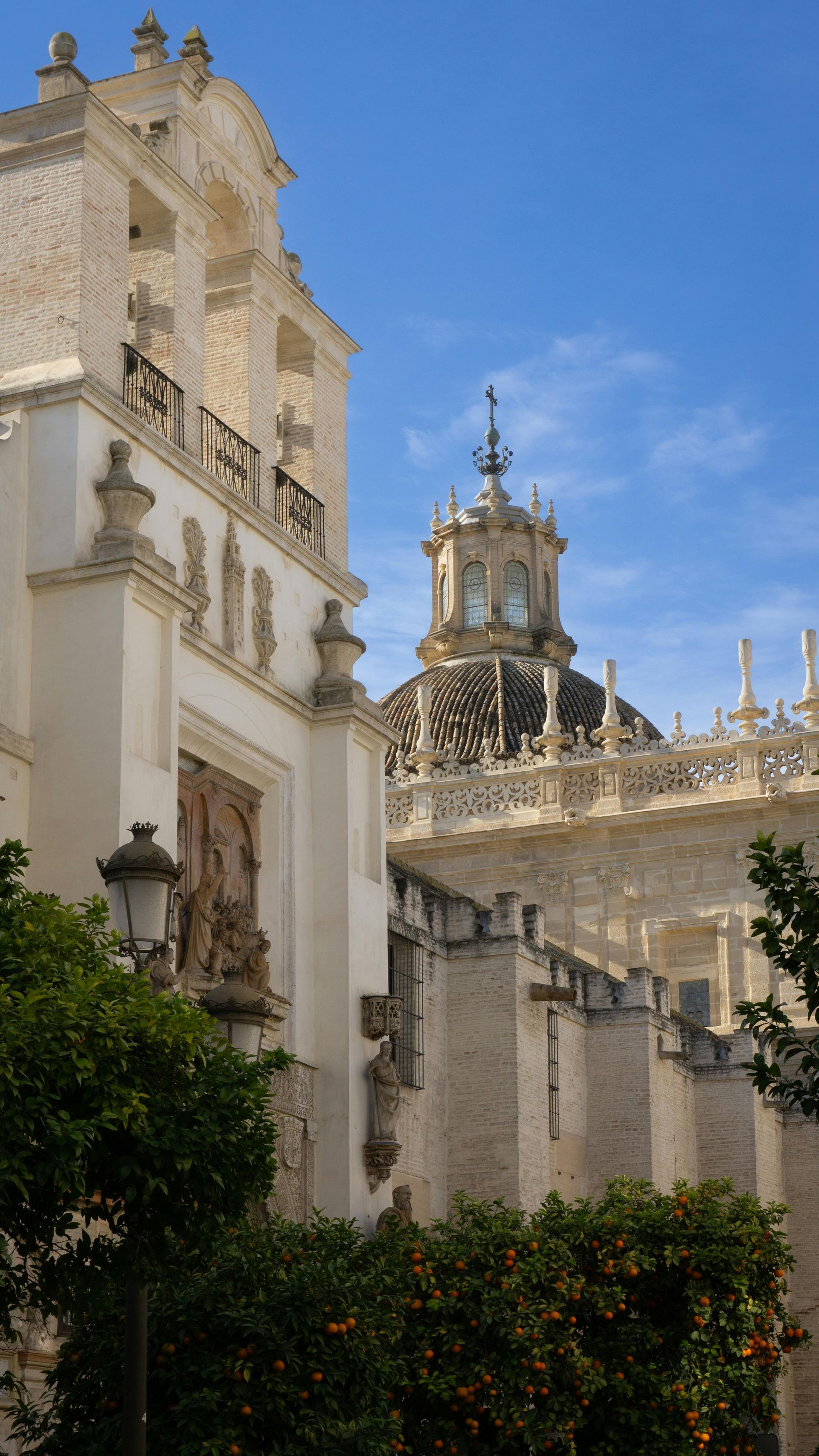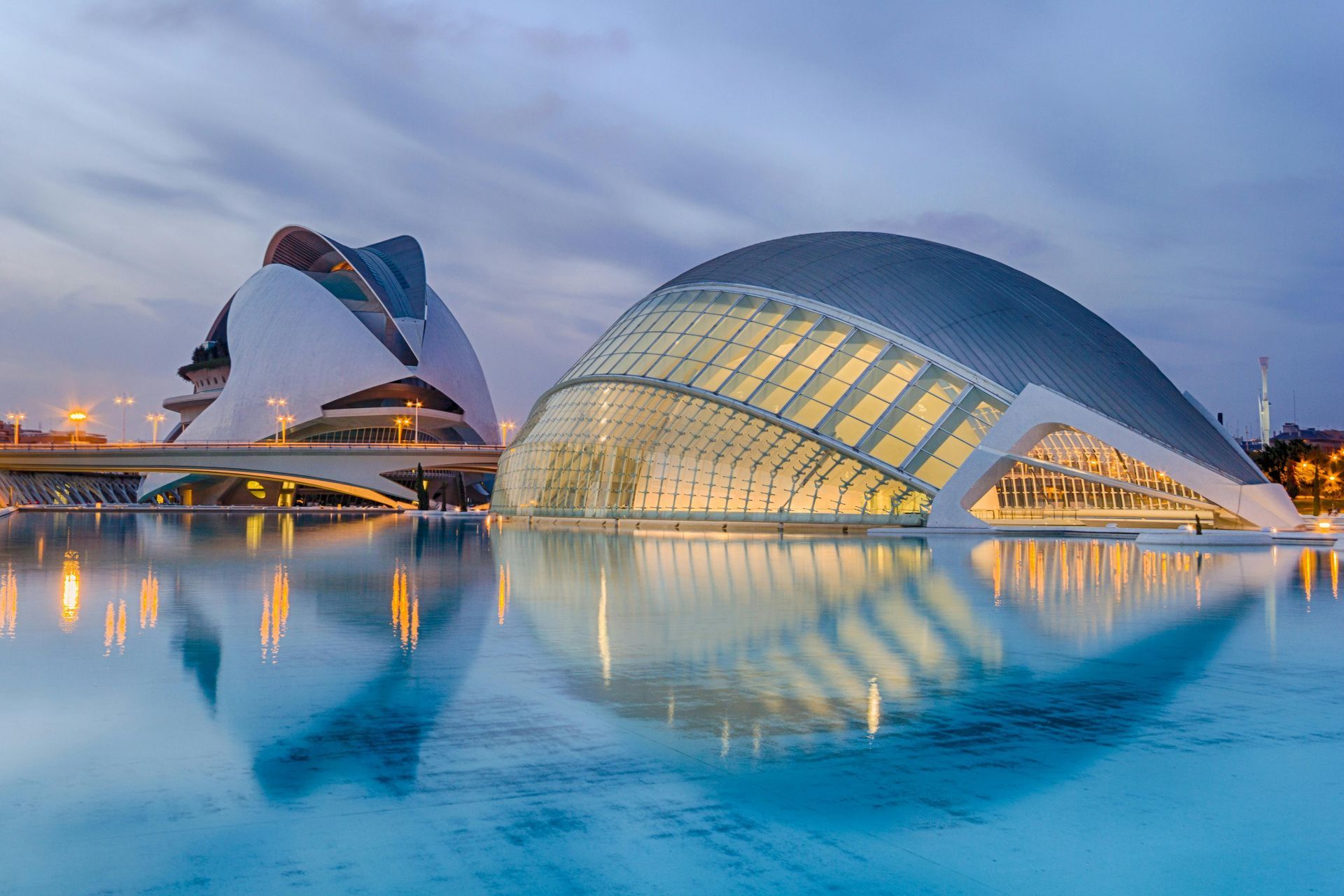Spain
Introduction to Spain
Spain, situated on the Iberian Peninsula in southwestern Europe, is a country of rich history, diverse cultures, and stunning landscapes. From the bustling streets of Madrid to the sunny beaches of the Costa del Sol, Spain offers a unique blend of ancient traditions and modern lifestyle. Its warm climate, friendly people, and world-renowned cuisine make it a must-visit destination for travelers seeking both adventure and relaxation.
Holidays to Spain

Madrid
Highlights: Royal Palace, Prado Museum, Retiro Park.
The capital city is a vibrant hub of art, culture, and nightlife. Madrid’s grand boulevards and expansive parks offer a mix of historical sites and modern amenities.

Barcelona
Highlights: Sagrada Família, Park Güell, La Rambla.
Located in Catalonia, Barcelona is famous for its unique architecture by Antoni Gaudí and its lively beach scene. The city’s cosmopolitan atmosphere is complemented by its rich cultural heritage.

Seville
Highlights: Seville Cathedral, Alcázar of Seville, Plaza de España.
As the heart of Andalusia, Seville boasts a mix of Moorish influences and Spanish traditions. The city’s narrow streets and vibrant flamenco culture offer an authentic Spanish experience.

Valencia
Highlights: City of Arts and Sciences, Valencia Cathedral, Turia Gardens.
Known for its futuristic architecture and as the birthplace of paella, Valencia combines historical charm with modern innovation.
Practical Information
- Visa Requirements: Spain is part of the Schengen Area. Visitors from many countries can enter visa-free for up to 90 days. Check the latest requirements before traveling.
- Transportation: An extensive network of trains, buses, and domestic flights connects major cities. High-speed trains (AVE) offer quick travel between cities like Madrid and Barcelona.
- Currency: Euro (€). Credit cards are widely accepted, but carrying some cash is advisable for small establishments.
- Language: Spanish is the official language. In regions like Catalonia and the Basque Country, Catalan and Basque are also spoken. Learning basic Spanish phrases is appreciated.
- Emergency Numbers: Dial 112 for emergency services (police, fire, ambulance).
Spanish Cuisine
- Tapas: Small dishes like patatas bravas, jamón ibérico, and gambas al ajillo, perfect for sharing.
- Paella: A rice dish originating from Valencia, traditionally made with seafood, meat, or vegetables.
- Tortilla Española: A thick omelette made with eggs, potatoes, and onions.
- Gazpacho: A refreshing cold tomato soup popular in the southern regions.
- Churros con Chocolate: Fried dough pastries dipped in thick hot chocolate, a favourite treat.
Cultural Etiquette
- Greetings: A handshake is common when meeting someone new. Friends may exchange kisses on both cheeks.
- Dining: Lunch is the main meal, usually eaten between 2–3 pm. Dinner is served late, often after 9 pm.
- Siesta: Some shops and businesses may close in the early afternoon for a siesta, especially in smaller towns.
- Dress Code: Casual attire is acceptable, but when visiting churches or upscale establishments, more formal dress is appropriate.
- Tipping: Not mandatory but appreciated. Rounding up the bill or leaving 5–10% in restaurants is customary.
- Public Behaviour: Spaniards are sociable and value politeness. Saying “please” (por favor) and “thank you” (gracias) goes a long way.
Deals and travel inspiration
Weekly in your inbox
Contact Us
We will get back to you as soon as possible.
Please try again later.
Top Destinations
ABOUT US
LATEST OFFERS
LEGAL


We Accept :